What is the need for adding a current source (\$I_\text{E}\$) at the output of an emitter follower topology at the emitter leg of the transistor?
-
1Where did the picture come from? – Andy aka Jan 20 '17 at 18:11
-
Wikipedia, https://en.wikipedia.org/wiki/Common_collector#/media/File:Voltage_follower.svg – G.Hajj Jan 20 '17 at 18:23
-
1The current source reduces 2HD caused by the transistor being better able to source current via the collector than sink it via RE. – user207421 Jan 20 '17 at 21:19
3 Answers
When biasing a transistor, you want to Q point to be stable. Since \$\beta\$ varies a lot, you want to design in such a way that changes in \$\beta\$ do not disturb the bias point.
By placing a current source there, \$I_E\$ will not depend on \$\beta\$ (and \$I_C\approx I_E\$) and that way you can keep the transistor in the active region regardless of changes in \$\beta\$.
- 5,534
- 1
- 18
- 23
what is the need for adding a current source (IE) at the output of an emitter follower topology at the emitter leg of the transistor?
- increasing the gain closer to 1x;
- setting the bias point for the BJT;
- maintaining better linearity towards the ground;
- lower production cost in a chip - a CCS is much easier to make than a resistor on a chip.
- ...
Basically, very limited benefits, so they are not as widely used.
- 7,444
- 1
- 25
- 44
- 4,272
- 1
- 7
- 9
The wiki page (on common collector topology) that the picture in the question comes from says this: -
Figure 4: NPN voltage follower with current source biasing suitable for integrated circuits.
In other words, inside a linear integrated circuit, current source biasing is usually preferred over the use of a resistor. In some instances this is beneficial for maintaining stability against temperature changes however, in this instance, the use of a bias current at the emitter is less advantageous. The wiki article also says this: -
sometimes an active current source is used instead of RE (Fig. 4) to improve linearity and/or efficiency1.
At the end of the quote it links to the design of a 20 watt class A amplifier but it's all rather tenuous given the type of output stage it has and the amount of negative feedback it uses: -
So, my personal opinion is that the use of a current source in the emitter is justified inside a chip (because they are easier to fabricate) but on an amplifier like this it might be pushing the boat out a little too far in favour of the audiofools I mean philes.
-
The current source makes the class A Amplifier more efficient than it would be with a resistor .The circuit as shown would be less than 25% efficient .If the current source was somehow modulated with the Audio signal then your theory max efficiency would be 50% . – Autistic Jan 20 '17 at 20:28
-
-
that circuit has three "ccs": 1) the lower leg of the output stage; 2) the bootstrap circuit; 3) that 6.8k resistor. – dannyf Jan 20 '17 at 22:10

